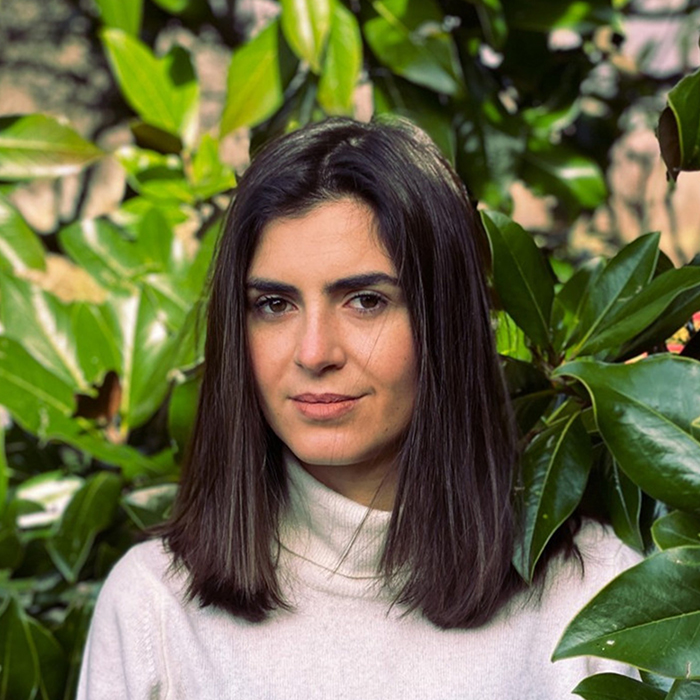
Francesca Donnaloja
Postdoctoral Research Fellow
Politecnico di Milano
After master graduation with honors in biomedical engineering I have been employed in one of the “big four” accounting firms where I was enriched in terms of leadership skill and project management. I soon realised that scientific research was my passion and my future. I won a Ph.D fellowship in the context of the ERC-funded NICHOID project. I awarded the ROCCA fellowship and ROCCA seed founds to spent a year at the Biology Department of the MIT, Cambridge, USA. I awarded Ph.D degree with honors. I am currently employed as post-doctoral researcher in ERC-funded projects “MINERVA” and “DIANA” at the Politecnico di Milano. I co-supervised 22 student thesis that enforce my strong leadership attitude and my ability to build collaborative relationships. I developed strong international attitude collaborating in several projects worldwide. My experience demonstrates that I aim at the maximum and that my target is the excellence.
A new mechanotransduction mechanism acting on the nuclear pore complex via cytoskeletal linker proteins
I pursued multidisciplinary research at the intersect between bioengineering and structural biology. I proposed that the nuclear pore complexes (NPCs), the nuclear envelope gates for molecule passage through the nucleus, are stretchactivated channels with relevant impact in regulating the cellular homeostasis. In particular I suggested that the SUN1 protein, a LINC element, is mechanically connected to Nup153, a Nuclear Pore Complex protein, and that this connection exposes NPCs to extra-cellular forces able to alter its structure and function. To validate this hypothesis, I investigated SUN1-Nup153 colocalization via immunofluorescence test and I validated their binding with Biolayer interferometry technique. To corroborate the data, I estimated SUN1-Nup153 complex structure via computational tools and I implemented Molecular Dynamic simulations on the obtained complex to further identify the binding domains. Il light of that, I suggest that SUN1 protein, sensitive to the mechanical stimuli from extra cellular environment, is able to modulate the NPCs opening controlling transcription factor nuclear trafficking and thus the cell fate. Literature data suggest that this mechanism could be associated not only to physiological cellular aging process but also to severe agedrelated diseases such as cancer and Alzheimer’s disease where impaired nuclear cytoplasmic transport is regular feature. Deregulated force distribution between SUN1 and Nup153 may be a cause of cascade of pathologic events that may trigger cancer or Alzheimer’s diseases in the case of replicative cells or non-dividing neurons, respectively.